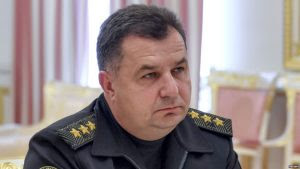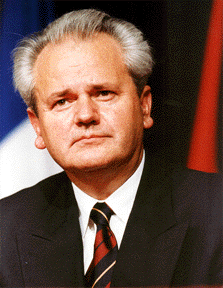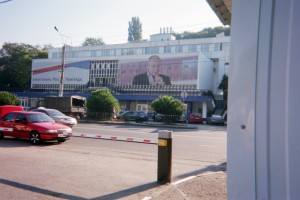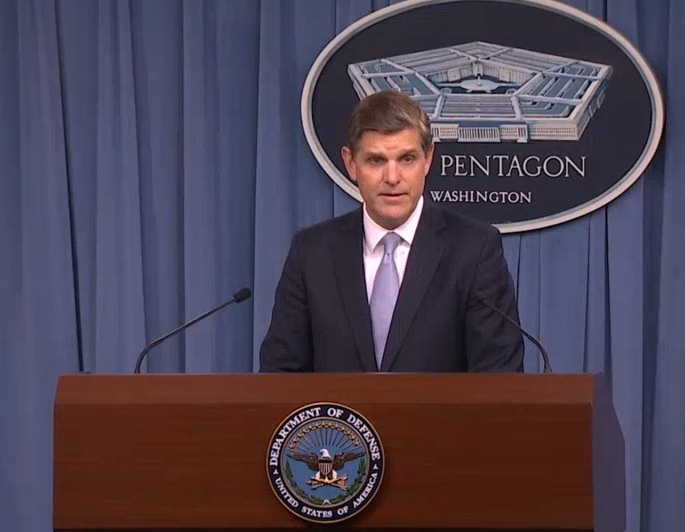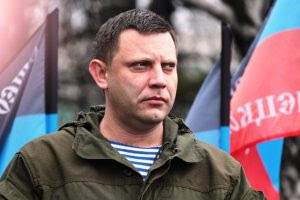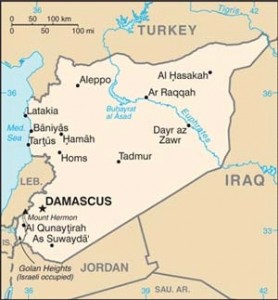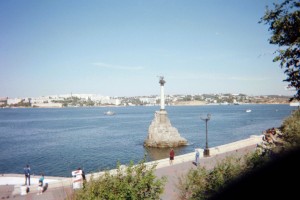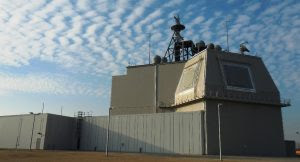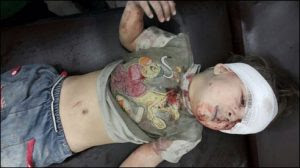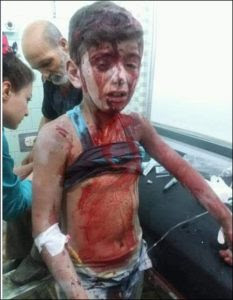
(Maidan square in Kiev before and after the coup d’etat in Ukraine; http://nosecret.info/maidan-confrontation-overview-february-2014-in-kiev-ukraine/)
According to a recently published paper in the Russian Politics journal (Volume 1, Issue 2, 2016) by Nicolai Petro – an American academic who was in Ukraine at the time of the coup and its aftermath – the western focus on corruption is misplaced when talking about Ukraine’s current economic woes.
Instead, he argues, the focus should be on the Maidan government’s “suicidal choice to cut the country off from its main investor – Russia.”
Petro gives a rundown on the pitiful state of Ukraine’s economy compared with pre-Maidan Ukraine:
Ukraine’s abysmal economic statistics since the transition of power in February 2014 are depressingly familiar. In the past 18 months living standards have fallen by half.1 Meanwhile inflation has risen to 43% annually, and public debt as a percentage of gdp has gone from 39.9% in 2013, to 79% by the end of 2015.2 An estimated 55% of all economic activity simply goes unreported.3 In the financial sector, the share of toxic assets in bank portfolios is estimated to exceed 50%, while deposit withdrawals by households in 2014 reached 30% of total deposits.4 In 2014 financial flows into Ukraine fell by 21%, then by another 35% in 2015.5
What does this mean in terms of family buying power? If annual incomes under former president Viktor Yanukovych were roughly $3500 dollars, they are now $2000 according to Ukraine’s first president, Leonid Kravchuk.6 The percentage of people who say that they do not have enough money for food, went from 9% in February 2014 to 19% in May 2015.7 New small car sales nationwide have plummeted from 213,444 in 2013, to just 46,546 in 2015.8
….For most of the past decade, 90% of the high value-added goods produced by Ukraine were sold to Russia. These include machinery, military technology, engines and motors. In 2014, sales to the Russian market accounted for 44% of all machinery and appliances sold abroad.9 That same year, however, the government decided to tear up its defense contracts with Russia. As a result, Ukraine’s defense and aviation industries lost more than 80% of their income, an estimated 2 billion hryvnia annually (at the time more than $200 million).10 Industrial giants like Yuzhmash, Motor Sich, Turboatom, and AvtoKrAZ have all had to sharply scale back production, while the pride of Ukrainian industry, airline manufacturer Antonov, was liquidated and it assets transferred to another state-owned conglomerate in January 2016.11
As revealed in a recent Business New Europe Intellinews report, much of Ukrainian industry having lost its significant Russian market is now reliant upon state orders to supply the war effort against the Donbass rebels.
Petro also points out the insulting level of chicanery employed by the Poroshenko government in trying to convince people that Ukraine is somehow successfully thumbing its nose at Russia.
In January 2016 Ukrainian president Petro Poroshenko congratulated his countrymen on having survived the winter without Russian gas. It had gotten by instead with European reverse gas which, he pointed out proudly, was 30% more expensive than the spot price for Russian gas.12
What [he] failed to mention, however, was that Ukraine’s major European supplier of natural gas last year was Slovakia, which receives 90% of its gas from Russia.14 In effect, therefore, Ukraine was purchasing the very same Russian gas at a premium merely for the privilege of not having to call it Russian.
In 2014 Ukraine decided to stop buying coal from the rebel-held territories of Donbas, the country’s traditional supplier. Such coal purchases were denominated in hryvnia and were thus far cheaper than coal that could be purchased from abroad.
To show its independence from the rebels, however, Kiev decided that it would import coal from South Africa instead.15 Alas, as with the case of the Slovakian gas that actually comes from Russia, an investigation by Ukrainska pravda revealed that much of the coal purported to be from South Africa was actually Donbas coal, repackaged as South African through a Hong Kong company, then resold to Ukraine.16 As a result, the government not only paid more for coal, but lost tax revenues from Donbas as well.
Now, if I saw this plot in a movie I’d toss my drink at the screen and walk out. The Maidan government’s policies simply defy logic with respect to the long-term interests of Ukrainians. What’s more, this folly was entirely predictable.
As was underscored in a May 2014 article by Barry Ickes and Clifford Gaddy for the Brookings Institution – an establishment think tank that is largely hostile toward Russia and provided a platform for cheer-leading the Maidan coup – Russia was providing $5-10 billion worth of support to the Ukrainian economy pre-Maidan:
When we talk about subsidies, we usually think of Russia’s ability to offer Ukraine cheap gas — which it does when it wants to. But there are many more ways Russia supports Ukraine, only they are hidden. The main support comes in form of Russian orders to Ukrainian heavy manufacturing enterprises. This part of Ukrainian industry depends almost entirely on demand from Russia. They wouldn’t be able to sell to anyone else. The southern and eastern provinces of Ukraine are dominated by Soviet-era dinosaur enterprises similar to Russia’s. They were all built in Soviet times as part of a single, integrated energy-abundant economy. They could be sustained only thanks to the rents from Soviet (overwhelmingly Russian) oil and gas. Russian subsidies have continued to maintain the structure in the post-Soviet era. Because most of these subsidies are informal, they do not appear in official statistics.
But what about the Deep and Comprehensive Free Trade Agreement (dcfta) with the European Union (eu), the issue that inspired so many to support the Euromaidan? Sadly, the reality has fallen far short of Ukrainian expectations. The eu currently maintains tariff rate quotas (trqs) on 36 groups of products, most notably in agriculture, which include some of Ukraine’s main exports to the eu. In 2014-2015 Ukrainian exporters were able to fully utilize only six of these quotas. Inability to meet eu certification requirements is one reason. Another is that demand in Europe for Ukrainian products is simply too low.28 As a result, in 2015, when Ukrainian exports to the eu benefited from the temporary suspension of quotas from April through the end of the year, Ukrainian exports to the eu actually fell by 23%.29 In other words, the new Ukrainian government severed ties with its traditional market without gaining comparable access to new markets!Yet, at the height of the Euromaidan, pursuing business-as-usual with Russia was often portrayed as no different than making a pact with the devil, while the benefits of eu association were wildly oversold. With two years of eu integration in practice to look back upon, we can now make some real world comparisons.Studies favoring eu association typically acknowledge some short term economic decline, as the country transitions to eu standards, but insist that over the long term the economic benefits of far outweigh those of joining the eeu [the Russian-led Eurasian Economic Union].30
But even on this point there is considerable disagreement. Some studies estimated that no more than 15% of Ukrainian exports originally destined for the Eurasian Economic Union (eeu) before 2014 could be redirected elsewhere.31 According to a study done in 2011, preferential energy pricing for Ukraine (at the rate being offered to Belarus) would have saved Ukraine $3-6 billion a year in Russian energy imports, while increasing exports by $5-9 billion a year.32 Other economists insisted that the benefits of maintaining Ukraine’s existing technological integration within the eeu, and of keeping trade in one’s national currency, significantly increases long term projected gdp growth. Most importantly, however, nearly all studies favoring eu association assume that trade ties with Russia and the eeu would remain unchanged after the dcfta enters into effect when, in fact, the suspension of Ukraine’s trade privileges have cost the country an estimated $3 billion a year.33
This is money that the limited trade preferences afforded Ukraine under the dcfta could not hope to make up, nor was it ever intended to. At best, it can only partially compensate for lost markets, though that impact will be within a much longer timeframe.
As foretold in the article by Ickes and Gaddy, of all the possible scenarios that could have played out in the aftermath of the Maidan upheaval, a cut-off of economic relations with Russia in favor of an exclusive relationship with the West was the least feasible.
If the West were somehow able to wrest full control of Ukraine from Russia, could the United States, the other NATO nations, and the EU replace Russia’s role in eastern Ukraine? The IMF, of course, would never countenance supporting these dinosaurs the way the Russians have. So the support would have to come in the way of cash transfers to compensate for lost jobs. How much are we talking about? The only known parallel for the amount of transfer needed is the case of German reunification. The transfer amounted to 2 trillion euros, or $2.76 trillion, over 20 years. If Ukraine has per capita income equal to one-tenth of Germany’s, then a minimum estimate is $276 billion to buy off the east. (In fact, since the population size of eastern Ukraine is larger than East Germany’s, this is an underestimate.) It is unthinkable that the West would pay this amount.
Notice that Russia, by contrast, could survive the cutoff of Ukrainian industry…Russia could just implement more import substitution (as Putin announced in the quote above). This is economically inefficient, but it is what every country does for national survival.
….The key point here is that there can be no viable Ukraine without serious contributions from both Russia and the West. Of all the options for Ukraine’s future, a Ukraine exclusively in the West is the least feasible. A Ukraine fully under Russian control and with severed links to the West is, unfortunately, possible. But it is in no one’s interest — not Russia’s, not the West’s and certainly not Ukraine’s.
The best option for the Ukrainian people’s stability and economic well-being is to embrace its potential as buffer and bridge between Europe and Russia, engaging in economic relations with both and eschewing entangling military alliances with either.

